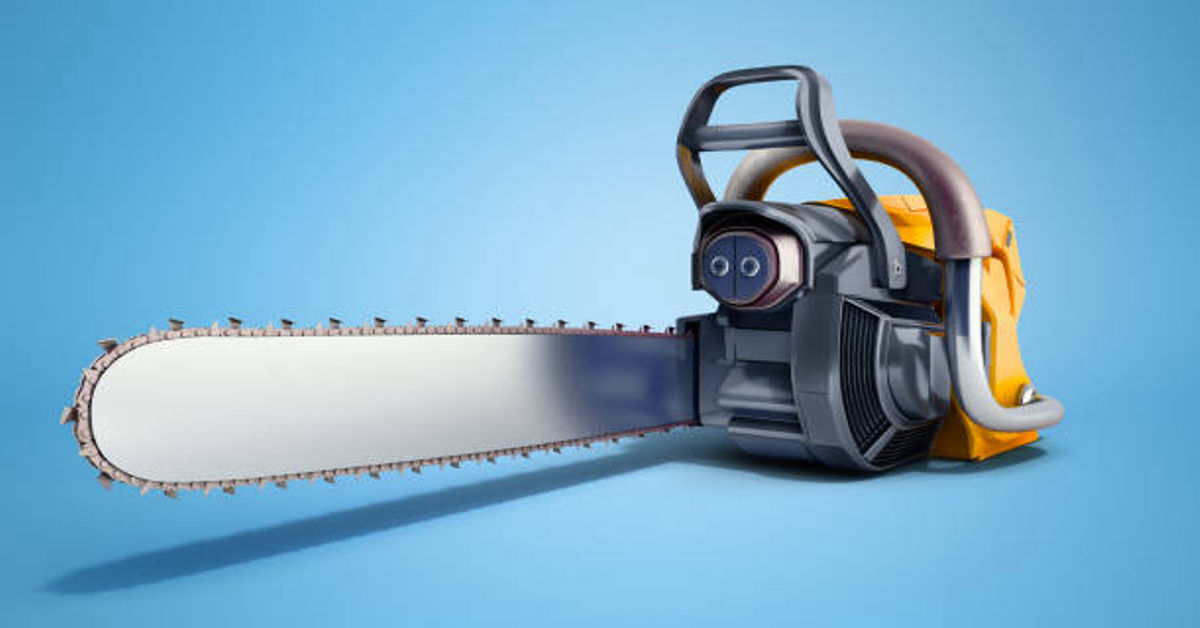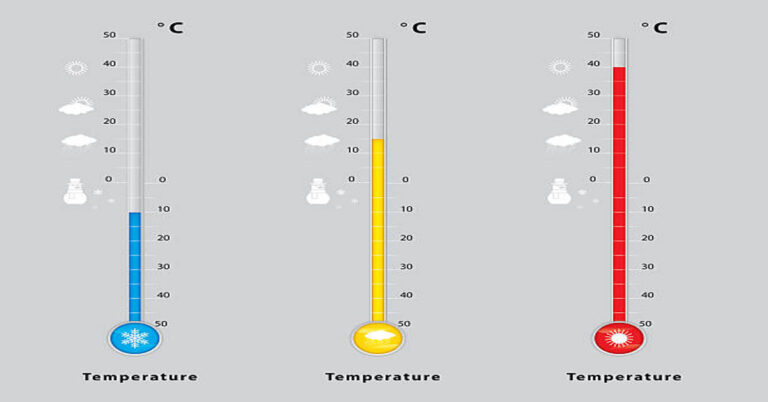
The term “motosas” refers to chainsaws, a powerful cutting tool used in forestry, construction, agriculture, and even artistic wood sculpting. A motosa combines mechanical precision and raw cutting strength, allowing users to perform heavy-duty tasks such as felling trees, cutting firewood, pruning, and clearing land efficiently. While at first glance a motosa may appear simple—a motor, a handle, and a chain with teeth rotating around a bar—the technology behind it reflects decades of engineering advancement and safety innovation.
Understanding motosas involves exploring their history, internal mechanisms, categories, safety systems, and maintenance practices. Whether you are a professional lumberjack, a landscaper, or a homeowner who occasionally trims branches, knowing how motosas work is vital to ensuring productivity and safety.
This comprehensive guide will cover everything you need to know about motosas—from their invention and evolution to modern-day applications and responsible handling.
1. Historical Background of Motosas
The concept of the motosa originated in the 19th century, but its roots trace further back to the development of mechanical saws used for cutting bone and wood. The first prototypes were not the rugged outdoor tools we know today but rather medical devices.
In the 1830s, surgeons used a handheld chain-driven saw to perform bone surgery. This device had a rotating chain similar to what we see in modern motosas but operated manually rather than by motor. Its purpose was delicate medical precision, not heavy cutting.
By the early 20th century, inventors began adapting the same principle for lumber and timber work. The first motorized motosas were large, cumbersome, and operated by two people. They were primarily used in logging camps to replace traditional saws and axes. Over time, improvements in petrol engines, lightweight materials, and chain design made motosas more efficient and portable.
By the 1950s, single-operator motosas became commercially available, revolutionizing forestry. Brands like Stihl, Husqvarna, and Echo began developing models with safety features, improved balance, and smoother engines. This era marked the motosa’s transformation into a tool for professionals and household users alike.
2. Understanding the Basic Components of a Motosas
A motosa is composed of multiple integrated systems working together to cut through dense materials like wood. Every part plays a critical role in ensuring effective cutting, user comfort, and operational safety.
Key Components:
| Component | Description | Function |
|---|---|---|
| Engine (Motor) | Gasoline, electric, or battery-powered motor. | Provides power to rotate the chain. |
| Guide Bar | Metal bar that holds and guides the chain. | Determines cutting length and direction. |
| Saw Chain | A loop of steel links with sharp teeth. | Performs the actual cutting. |
| Clutch and Drive Sprocket | Connects the motor to the chain. | Engages the chain when throttle is pressed. |
| Fuel System / Battery Pack | Stores and supplies energy. | Powers the engine. |
| Chain Brake | Safety mechanism that halts chain movement instantly. | Prevents injury during kickback. |
| Handlebars | Front and rear grips. | Provides user control and stability. |
| Lubrication System | Oil reservoir and pump. | Keeps chain and bar cool and friction-free. |
Every component must function correctly for a motosa to operate safely and efficiently. A malfunctioning chain, for instance, can lead to dangerous kickbacks or inefficient cutting.
3. Types of Motosas
There is no one-size-fits-all motosa. Different models are designed for different workloads and environments. The main types are categorized based on power source, size, and application.
A. By Power Source
| Type | Description | Common Use | Advantages | Disadvantages |
|---|---|---|---|---|
| Gasoline (Petrol) Motosas | Powered by a 2-stroke internal combustion engine. | Heavy-duty cutting, forestry work. | High power, portable, suitable for remote areas. | Requires fuel mixing, maintenance, noise. |
| Electric Corded Motosas | Runs on electricity via a power cord. | Home gardens, light trimming. | Quiet, no fuel needed, easy start. | Limited by cord length, not for remote use. |
| Battery (Cordless) Motosas | Uses rechargeable lithium-ion batteries. | Homeowners, landscaping, moderate cutting. | Portable, low maintenance, eco-friendly. | Limited run time, lower power for thick logs. |
B. By Size and Purpose
- Mini or Compact Motosas:
Ideal for pruning, light trimming, and hobby use. Typically under 12 inches in bar length. - Medium-Size Motosas:
Commonly used for cutting firewood or moderate-sized trees (14–18 inch bar). - Professional or Heavy-Duty Motosas:
Equipped with long bars (20–36 inches) and powerful engines for industrial forestry.
Each type fulfills specific needs, and choosing the right motosa depends on user experience, job type, and environmental factors.
4. How a Motosas Works: Step-by-Step Mechanism
At its core, a motosa functions through the rotation of a cutting chain powered by an engine or motor. The chain’s teeth are designed to bite into wood fibers, slicing through them rapidly. The process involves several coordinated actions:
- Power Generation:
When the user starts the engine or activates the switch, energy from fuel combustion or electric current drives a rotating crankshaft. - Transmission:
The crankshaft engages the clutch, which connects to a drive sprocket attached to the chain. When the throttle is pressed, the clutch expands and spins the sprocket. - Chain Rotation:
The sprocket pulls the chain around the guide bar at speeds ranging from 40 to 70 feet per second, enabling continuous cutting. - Lubrication and Cooling:
Oil from the reservoir is pumped automatically to the bar, reducing friction and preventing overheating. - Cutting Action:
Each tooth on the chain acts like a small chisel, removing chips of wood as it passes. The process repeats hundreds of times per second. - Safety Control:
The chain brake immediately stops the chain when released or during sudden kickback, protecting the operator from injury.
This seemingly simple process is a fine balance of mechanical synchronization, energy control, and operator input.
5. Safety Features in Modern Motosas
Using a motosa requires precision and respect for safety guidelines. Manufacturers have developed multiple systems to minimize risk while maximizing performance.
Primary Safety Mechanisms:
| Safety Feature | Purpose | How It Works |
|---|---|---|
| Chain Brake | Prevents chain rotation during kickback. | Engages instantly when hand guard is pushed forward. |
| Throttle Lock | Prevents accidental chain movement. | Chain moves only when throttle and lock are pressed together. |
| Chain Catcher | Protects operator if chain breaks. | Captures loose chain links. |
| Anti-Vibration Handles | Reduces fatigue and injury risk. | Dampens motor vibration reaching the user’s hands. |
| Hand Guards | Shields hands from debris. | Located on both front and rear handles. |
| Low-Kickback Chains | Reduces risk of sudden upward movement. | Specially shaped teeth minimize recoil force. |
Even with advanced safety features, proper training and protective gear—including gloves, chaps, eye protection, and helmets—remain essential for safe operation.
6. Common Applications of Motosas
Motosas are versatile machines used in multiple industries and for various purposes beyond traditional forestry.
Primary Uses Include:
- Forestry and Logging:
Cutting down large trees and processing logs for lumber production. - Agriculture:
Clearing land, cutting fence posts, and pruning orchard trees. - Construction:
Used for cutting through wood beams, demolition tasks, and preparing wooden frameworks. - Firewood Cutting:
Essential for homeowners or professionals preparing wood for heating. - Storm Cleanup:
Removing fallen trees and branches after natural disasters. - Artistic Sculpting:
Chainsaw artists use specialized motosas to carve statues and decorative woodwork.
7. Advantages of Using Motosas
- Speed and Efficiency:
Cuts wood much faster than manual saws, saving time and energy. - Precision:
Modern chains and bars allow for straight, controlled cuts. - Versatility:
Suitable for multiple uses—from small branches to large logs. - Portability:
Especially in battery and fuel models, motosas can operate anywhere. - Economic Benefit:
Time saved translates to reduced labor costs for professionals. - Durability:
With proper maintenance, a quality motosa can last years under tough conditions.
8. Limitations and Challenges
Despite their usefulness, motosas come with several challenges that users must consider.
- Noise and Vibration:
Gasoline-powered motosas are loud and can cause operator fatigue. - Maintenance Requirements:
Regular sharpening, oiling, and cleaning are necessary. - Safety Risks:
Incorrect handling can lead to serious injuries. - Environmental Concerns:
Gas models emit carbon, though newer designs minimize emissions. - Weight and Handling:
Heavy models require strength and experience to manage safely.
These limitations highlight the importance of training, protective gear, and equipment inspection before every use.
9. Maintenance and Care for Motosas
Proper maintenance ensures longer lifespan, consistent performance, and safety. A neglected motosa can quickly become unreliable or hazardous.
Essential Maintenance Tasks:
| Maintenance Step | Frequency | Description |
|---|---|---|
| Chain Sharpening | After every few hours of use | Dull chains increase kickback risk and reduce cutting efficiency. |
| Cleaning the Air Filter | Weekly or after heavy use | Keeps the engine breathing freely, preventing overheating. |
| Checking Chain Tension | Before each use | Ensures smooth rotation without sagging or over-tightening. |
| Lubrication Oil Refill | Every fuel or battery charge | Prevents friction damage. |
| Inspecting Spark Plug (Gas Models) | Monthly | Keeps engine ignition reliable. |
| Battery Care (Cordless Models) | After each cycle | Charge fully and store in a cool, dry place. |
Adhering to a maintenance schedule extends the life of the machine and prevents operational issues.
10. Environmental and Technological Innovations
The motosa industry has evolved significantly in response to global environmental awareness. Modern innovations aim to reduce emissions, noise, and energy consumption.
- Low-Emission Engines:
New-generation 2-stroke engines meet stricter environmental standards. - Battery Technology:
Lithium-ion motosas offer silent, emission-free operation with comparable power to small petrol models. - Smart Sensors:
Some advanced models use digital controls to monitor temperature, fuel efficiency, and vibration levels. - Recyclable Materials:
Manufacturers are adopting eco-friendly plastics and metals to reduce waste.
These advancements represent a move toward sustainable forestry and responsible tool design, ensuring motosas remain practical without harming the environment.
11. Choosing the Right Motosas
When selecting a motosa, buyers should consider multiple factors beyond just price. The right choice depends on intended use, comfort, safety, and maintenance ability.
Factors to Consider:
- Power Output: Heavier cutting jobs require higher engine capacity.
- Bar Length: Short bars (10–14 inches) for light work; long bars (20+ inches) for large trees.
- Weight and Balance: Ensure comfort during prolonged use.
- Safety Features: Prioritize models with anti-kickback and automatic chain brake systems.
- Fuel or Battery Efficiency: Choose based on environment and mobility needs.
- Brand Reputation: Established manufacturers often provide better parts and support.
Example Table: Comparison of Motosas by Type
| Model Type | Power (Approx.) | Ideal Use | Noise Level | Maintenance |
|---|---|---|---|---|
| Mini Electric | 800–1000 W | Home pruning | Very low | Low |
| Cordless Battery | 36–60 V | Light to moderate | Low | Moderate |
| Gasoline Mid-range | 40–60 cc | Firewood cutting | Medium-high | Regular |
| Professional Gas | 70+ cc | Forestry, heavy logging | High | Frequent |
Understanding these distinctions helps users invest wisely and operate efficiently.
12. Safe Operating Techniques
Even experienced operators must adhere to safety procedures to prevent accidents.
Here are fundamental guidelines:
- Inspect Before Use:
Check the chain, tension, and fluid levels. Ensure all bolts are secure. - Wear Protective Gear:
Helmet, gloves, ear protection, steel-toed boots, and chaps are essential. - Start on Level Ground:
Avoid starting the machine in midair or on unstable surfaces. - Maintain Firm Grip and Posture:
Keep feet apart for balance; hold both handles firmly. - Avoid Cutting Above Shoulder Height:
This reduces the risk of losing control. - Beware of Kickback Zone:
The upper tip of the bar is prone to rebound; never allow it to touch objects. - Shut Off Properly:
After finishing, release the throttle, engage the chain brake, and turn off the engine.
By combining caution with practice, operators can safely harness the full power of motosas.
13. The Role of Motosas in Sustainable Forestry
Forestry management today emphasizes sustainability—harvesting timber responsibly while preserving ecosystems. Motosas play a critical role in this balance when used correctly.
Modern forestry professionals use motosas alongside environmental planning to:
- Cut only mature or diseased trees.
- Minimize waste by precise cutting.
- Reduce soil disturbance through efficient operations.
- Support reforestation by clearing selectively.
Additionally, electric and battery motosas contribute to eco-friendly forestry by reducing carbon emissions and noise pollution in natural habitats.
14. Troubleshooting Common Problems
Even the best motosas can encounter operational issues. Recognizing and resolving these early prevents damage and ensures consistent performance.
| Problem | Possible Cause | Solution |
|---|---|---|
| Engine Won’t Start | Empty fuel, dirty spark plug, clogged air filter | Refill fuel, clean spark plug, replace filter. |
| Chain Not Rotating | Loose chain, worn clutch | Adjust tension, inspect drive components. |
| Overheating | Lack of oil or airflow blockage | Refill bar oil, clean vents. |
| Chain Dulls Quickly | Hitting dirt or nails | Sharpen regularly, avoid ground contact. |
| Vibration or Noise | Loose screws, damaged bar | Tighten components, replace worn parts. |
Consistent maintenance and awareness prevent small issues from escalating into costly repairs.
15. The Future of Motosas
The next generation of motosas will likely integrate smart technology, including sensors for automatic chain tensioning, battery monitoring, and user safety alerts. Artificial intelligence could analyze cutting patterns, suggesting optimized techniques.
The move toward electric-powered forestry equipment reflects a larger trend in environmental consciousness. In the future, quiet, efficient, and zero-emission motosas will dominate both professional and personal markets.
As innovation continues, one thing remains constant: the motosa’s central role as one of humankind’s most reliable cutting tools.
Conclusion
The motosa, or chainsaw, stands as a marvel of engineering and human ingenuity—a perfect fusion of mechanical precision, raw power, and practicality. From its humble beginnings as a medical instrument to its status as an indispensable tool in forestry and agriculture, the motosa has shaped industries and livelihoods worldwide.
Its history reflects not only technological progress but also society’s evolving relationship with nature, safety, and sustainability. By understanding how motosas work, maintaining them responsibly, and using them safely, individuals can harness their power while preserving the environment and ensuring personal well-being.
Whether used by professionals cutting through dense forests or homeowners trimming backyard trees, the motosa remains an enduring symbol of strength, precision, and progress.
FAQs
1. What does the word “motosa” mean?
“Motosas” is a term used in many regions to describe a chainsaw, a motorized saw used for cutting wood, trees, and other materials.
2. What are the main types of motosas?
The main types include gasoline, electric, and battery-powered motosas, each suited for different workloads and environments.
3. How can I maintain my motosa for long-term use?
Regularly sharpen the chain, clean the air filter, refill oil, and inspect the spark plug or battery system for optimal performance.
4. What safety equipment should I wear when using a motosa?
Always wear gloves, chaps, eye protection, hearing protection, and sturdy boots. Never operate without proper safety gear.
5. Are electric motosas better than gas models?
Electric and battery motosas are quieter, cleaner, and easier to maintain, while gas models provide higher power for heavy-duty cutting. The best choice depends on the user’s needs.







